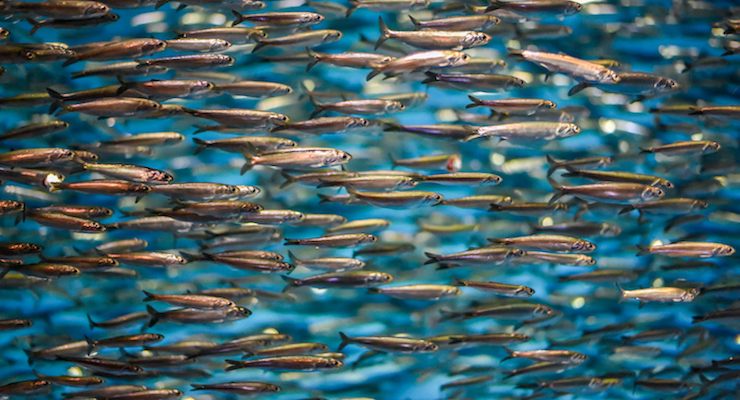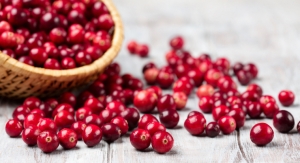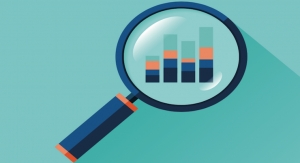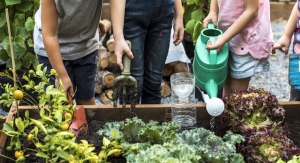05.12.20
Peru’s Ministry of Production has made the announcement that its first anchovy fishing season of 2020 in the north central region was scheduled to open up on May 13, with a limit of 2.41 million metric tons.
Authorities in Peru initially banned anchovy fishing in the north central region, along the coast between the cities of Malabrigo and La Libertad, on Jan. 5. During this time, vessels were not permitted to fish within 30 miles of the coastline in waters, and this followed up a ban that was imposed in late 2019 to protect juvenile fish. This ban was imposed due to abnormal weather patterns, which heightened the amount of juvenile fish along the coast.
Last year, trawlers only caught about one-third of the quota put in place by Peruvian Authorities before the ban was put in place in December, despite the market expecting much higher harvests due to the disparity between the quota and the amount of anchovies caught.
Peru’s north central fishery is primarily utilized for indirect human consumption- anchovies caught there are either used for fishmeal or for the production of fish oil. It provides the largest volume of these resources for these products in the world.
According to the Food and Agriculture Organization of the United Nations, the bans combined are pushing anchovy prices up. FAO believes that the impact of the 2019 Novel Coronavirus is compounding these shortages due to both a decreased demand for fishmeal, and due to the fact that “people started to fear purchasing animal products, including fish.”
The Peruvian Government has also published operational sanitary protocols which it has put in place due to concerns surrounding the spread of COVID-19. Fishing companies may only utilize up to 60% of their fleet capacity. Workers over 60 years of age, and those with pre-existing conditions, must work remotely.. health authorities will be taking the temperature of workers on the boats and in processing plants daily.
Authorities in Peru initially banned anchovy fishing in the north central region, along the coast between the cities of Malabrigo and La Libertad, on Jan. 5. During this time, vessels were not permitted to fish within 30 miles of the coastline in waters, and this followed up a ban that was imposed in late 2019 to protect juvenile fish. This ban was imposed due to abnormal weather patterns, which heightened the amount of juvenile fish along the coast.
Last year, trawlers only caught about one-third of the quota put in place by Peruvian Authorities before the ban was put in place in December, despite the market expecting much higher harvests due to the disparity between the quota and the amount of anchovies caught.
Peru’s north central fishery is primarily utilized for indirect human consumption- anchovies caught there are either used for fishmeal or for the production of fish oil. It provides the largest volume of these resources for these products in the world.
According to the Food and Agriculture Organization of the United Nations, the bans combined are pushing anchovy prices up. FAO believes that the impact of the 2019 Novel Coronavirus is compounding these shortages due to both a decreased demand for fishmeal, and due to the fact that “people started to fear purchasing animal products, including fish.”
The Peruvian Government has also published operational sanitary protocols which it has put in place due to concerns surrounding the spread of COVID-19. Fishing companies may only utilize up to 60% of their fleet capacity. Workers over 60 years of age, and those with pre-existing conditions, must work remotely.. health authorities will be taking the temperature of workers on the boats and in processing plants daily.




























